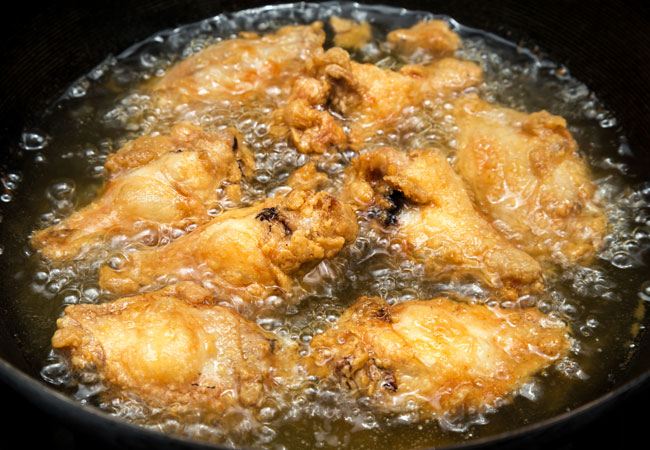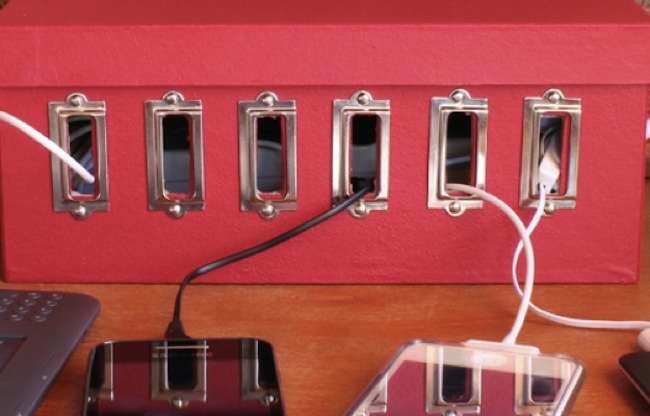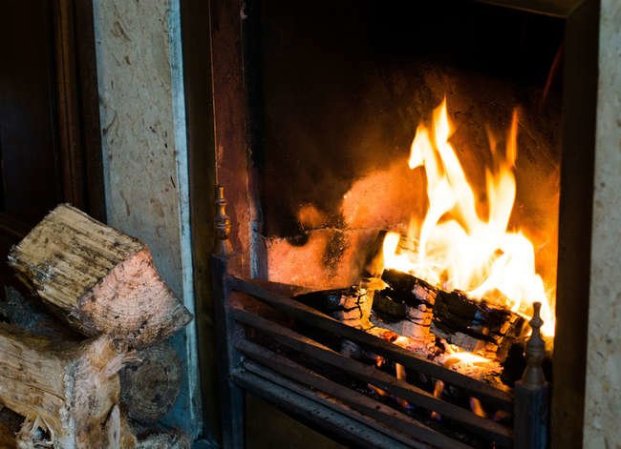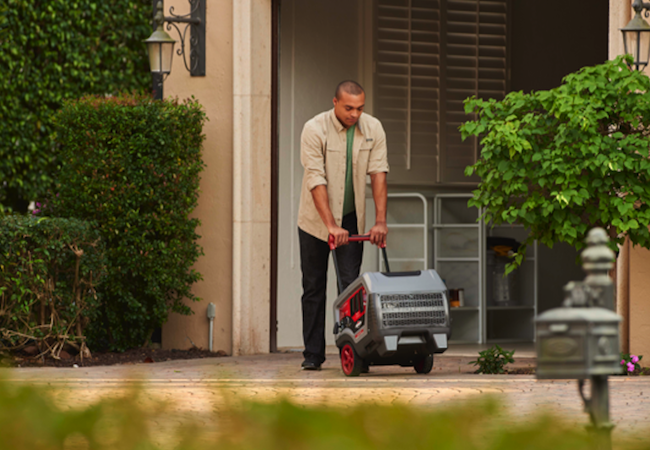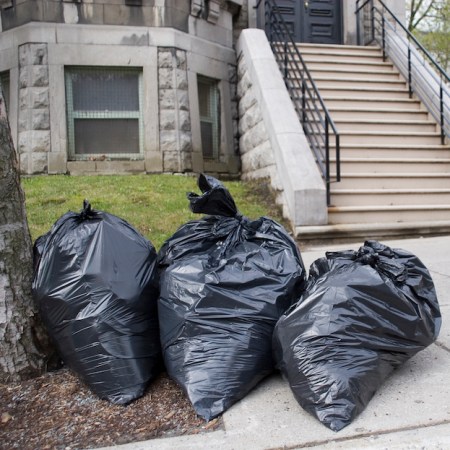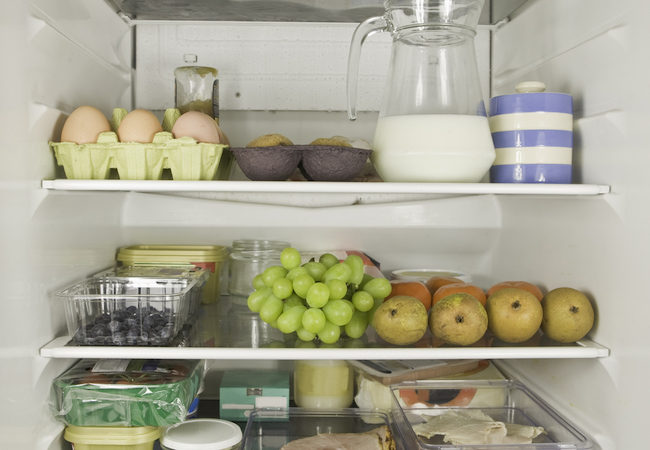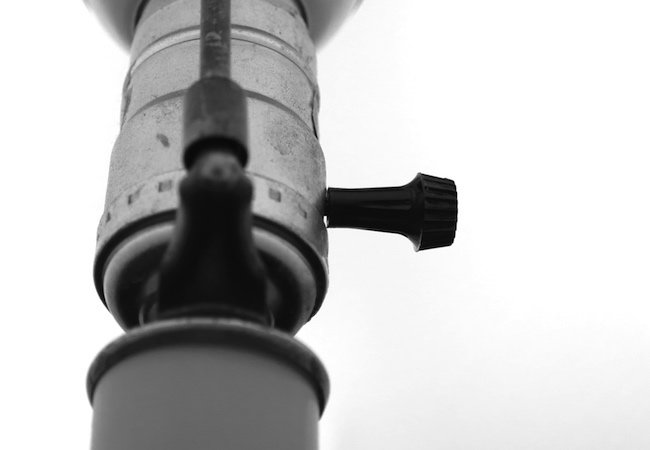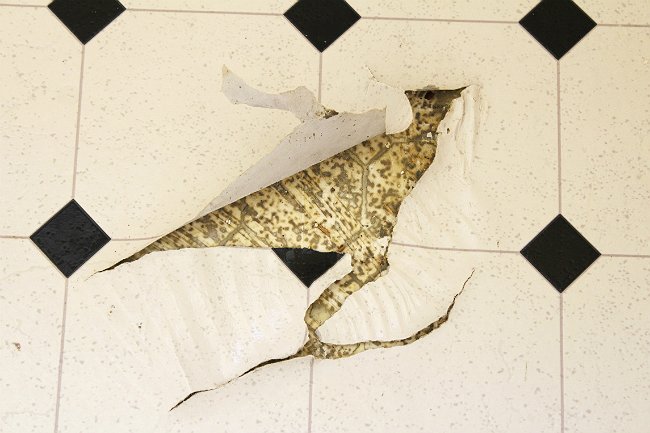We may earn revenue from the products available on this page and participate in affiliate programs. Learn More ›
Love cooking those French fries, donuts, and other delicious treats but stumped by what to do with the oil when you’re done? Hopefully, you’ve stopped short of dumping it down the sink! Doing so can cause clogs in home drain lines and contribute to larger clogs in municipal lines, which is why most communities have regulations against it. Pouring it out on the ground is also a no-no: The Environmental Protection Agency has determined that cooking oil, whether it’s vegetable-based (such as canola) or animal-based (such as lard), can “kill or injure wildlife” and cause a host of other environmental issues as well.
No need to fret about your frying medium, though—you’re in the right place! This guide explains how to tell if yours needs to be disposed of and gives you the best options for how to dispose of cooking oil in a safe, responsible manner.
How to Dispose of Cooking Oil
STEP 1: Determine if it’s time to toss with the sniff test.
Used cooking oil needn’t be discarded after one use. If you’ve been frying in a skillet and prefer not to waste the leftover oil, simply remove residual bits of food by straining it through a large coffee filter, and then pouring it into a sealable container for storage on a cool, dark shelf. Most deep fryers are designed to retain their oil from use to use, and it’s a hassle to strain an entire tank. So continue to use it as long as it passes the sniff test below.
Eventually, all cooking oil will become rancid. To determine if yours has gone bad, give it a sniff. Good oil has a light, clean smell while a bitter or metallic aroma—or something reminiscent of crayons!—means it’s past its prime. If you’re not sure, rub a bit of oil between your forefinger and thumb: Fresh oil will feel smooth and light, but a sticky or tacky consistency indicates that it’s time to toss.
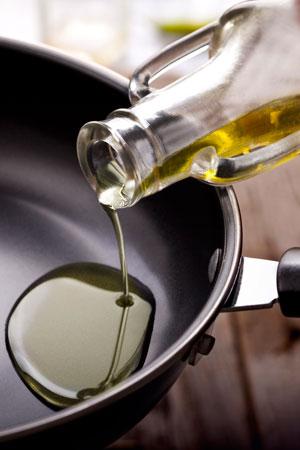
STEP 2: Be safe about disposal by waiting until cool and choosing the right container.
Cooking oil must cool to room temperature before it can be safely handled. In an insulated deep fryer, oil can retain enough heat to cause serious burns for up to an hour, or longer, after it’s been turned off. So be patient and let it cool off completely first.
If dealing with shortening and lard, scoop its congealed form into an empty shortening tin or coffee can and pop on the lid. As long as it’s in a closed container, you can then put it in your trash receptacle and throw it away with your regular kitchen waste.
If you started with liquid cooking oil, however, such as peanut oil or safflower oil, don’t expect it to thicken too much when it cools. You’ll need a more secure container, such as an empty plastic milk jug or soda bottle with a tight screw-on lid. To keep from making a mess, use a funnel when pouring oil through narrow-mouthed bottle openings.
If you regularly prepare fried foods with small amounts of cooking oil that you don’t intend to reuse, consider purchasing a grease keeper. This handy cook’s helper, generally made of metal or stoneware, comes with disposable foil liners. Just pour or scrape used oil into the foil-lined canister and replace the lid. Continue to add used oil until it reaches the fill line, and then fold the top of the foil liner, remove it from the canister, and put the foil bag in your trash receptacle.
STEP 3: Decide on trash or recycling.
While you could, in theory, toss your filled (and sealed) container right into the trash can to take out to the curb, that’s not the only means for how to dispose of cooking oil. In fact, if you’re eco-conscious, you may be able to dispose of old cooking oil at a recycling center that will then send it off to be transformed into biodiesel fuel. That not only helps reduce the need for fossil fuel production, it’s the greenest thing to do. Earth911.com maintains an interactive search to determine which types of recyclable materials are being collected in your community. Just enter your zip code to find out if there’s a cooking oil recycling collection center near you.

